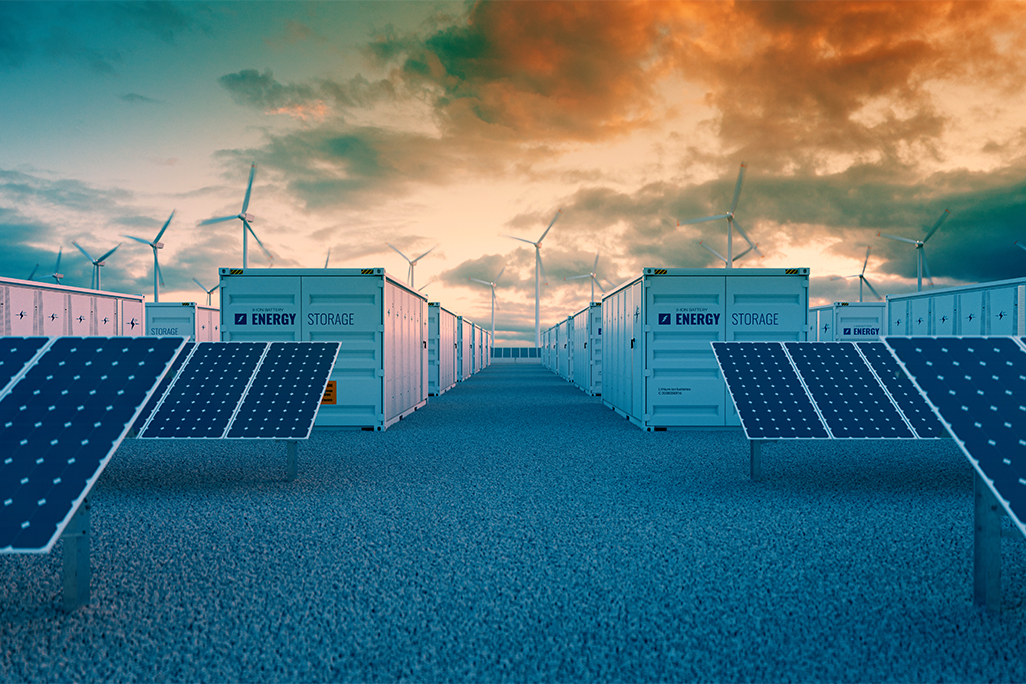The Energy Transition | UK government sets out policy view on hydrogen infrastructure strategic planning
Published on 15th October 2025
Welcome to our top picks of the latest energy regulatory and market developments in the UK's transition to net zero

This week, we look at the UK government's policy statement on hydrogen infrastructure strategic planning and how solar PV is expected to lead renewable capacity growth to 2030.
DESNZ releases policy statement on hydrogen infrastructure strategic planning
The Department for Energy Security and Net Zero (DESNZ) has released its policy statement setting out the UK government's aims for how the National Energy System Operator (NESO) will carry out strategic planning for hydrogen infrastructure in Great Britain.
NESO was given the role of hydrogen strategic planner under the "Hydrogen Transport And Storage Networks Pathway", published by DESNZ in December 2023. It will officially begin this role from 2026, with DESNZ serving, in the meantime, as the interim hydrogen strategic planner. According to the policy statement, NESO will facilitate the integration and alignment of a hydrogen system into the existing energy system that strategically contributes to the power network and towards achieving the Clean Power 2030 Action Plan. Hydrogen transport and storage is highlighted as a crucial component of the strategy to successfully decarbonise the "hard to electrify" parts of UK industry.
The statement is separated into three sections, the first sets out the government's views on how NESO will account for hydrogen infrastructure in the context of its strategic functions. NESO will, using the Strategic Spatial Energy Plan, carry out modelling to establish the best way to optimise generation, storage and transmission of electricity with production, storage and transportation of hydrogen to ensure that both are compatible with the wider aims of the electricity system.
It also sets out the proposal that under the Centralised Strategic Network Plan, hydrogen network planning should be split into three tiers, given there is no easy distinction as with electricity between transmission and distribution. The three tiers are national strategic view models to establish hydrogen network statements of needs, industrial cluster systems models to look at hydrogen supply and demand projects and broader industrial view models which will account for the previous two models and cover connecting supply and demand within clusters. Hydrogen is expected to have a role in its regional energy strategic plans (RESPs) from 2027. The statement recognises that the involvement of hydrogen in RESPs could differ significantly location to location and it will be NESOs role to determine how RESPs account for hydrogen in the broader sense.
The second considers how DESNZ will account for the role NESO has in planning hydrogen infrastructure in the hydrogen production business model, this will include consideration of the future hydrogen allocation rounds (HARs) as well as any carbon capture, utilisation, and storage-enabled hydrogen production. However, the statement does recognise that although DESNZ intends to account for NESO's strategic planning when making decisions on for example the HARs, it must act objectively and independently when making decisions.
The final section looks at the other functions of NESO under its gas system planner licence and its role in relation to, amongst other things, critical national infrastructure and energy resilience. It flags that in future hydrogen could be considered as critical national infrastructure and suggests that NESO consider including hydrogen in its assessment methodology for this designation.
Overall the intention is that NESO provides better insight and analysis to facilitate the delivery of hydrogen infrastructure that is needed to decarbonise the hard to electrify sectors. The statement recognises that NESO is best placed to conduct this role and will operate independently and impartially in its approach.
Solar PV leads global renewable capacity growth to 2030
The International Energy Agency (IEA) has published its "Renewables 2025" annual report, which suggests a positive outlook for renewable energy capacity growth, especially solar photovoltaic (PV), from now through to 2030.
According to the IEA, by 2030 global renewable energy capacity is forecast to increase by approximately 4,600 gigawatts, which is about double the current capacity, and solar PV is expected to account for nearly 80% of this expansion. Solar's dominance is facilitated by reduced costs, faster permitting processes and favourable government policy, as well as its flexibility in scale of deployment.
The IEA also forecasts increases for other renewables such as wind, hydro, bioenergy and geothermal.
Despite these developments, the IEA’s forecast is slightly lower than last year’s projection, largely due to global policy shifts (notably in North America), and the proportion of global transport using renewables is set to grow only from 4% to 6% by 2030. The IEA also highlights challenges such as supply chain pressures, grid integration constraints, the concentration of assets and resources, and mismatches between energy supply and demand. These issues prove the importance of grid infrastructure, energy storage solutions and flexible generation technologies to build an effective energy system.
Yet, investor appetite remains strong and 'the outlook for renewables is more positive in India, Europe and most emerging and developing economies compared with last year’s forecast'.
This article was written with the assistance of Ollie Derham, Yasmine Jauffur, trainee solicitors, and Tomisin Agbonifo, paralegal.







